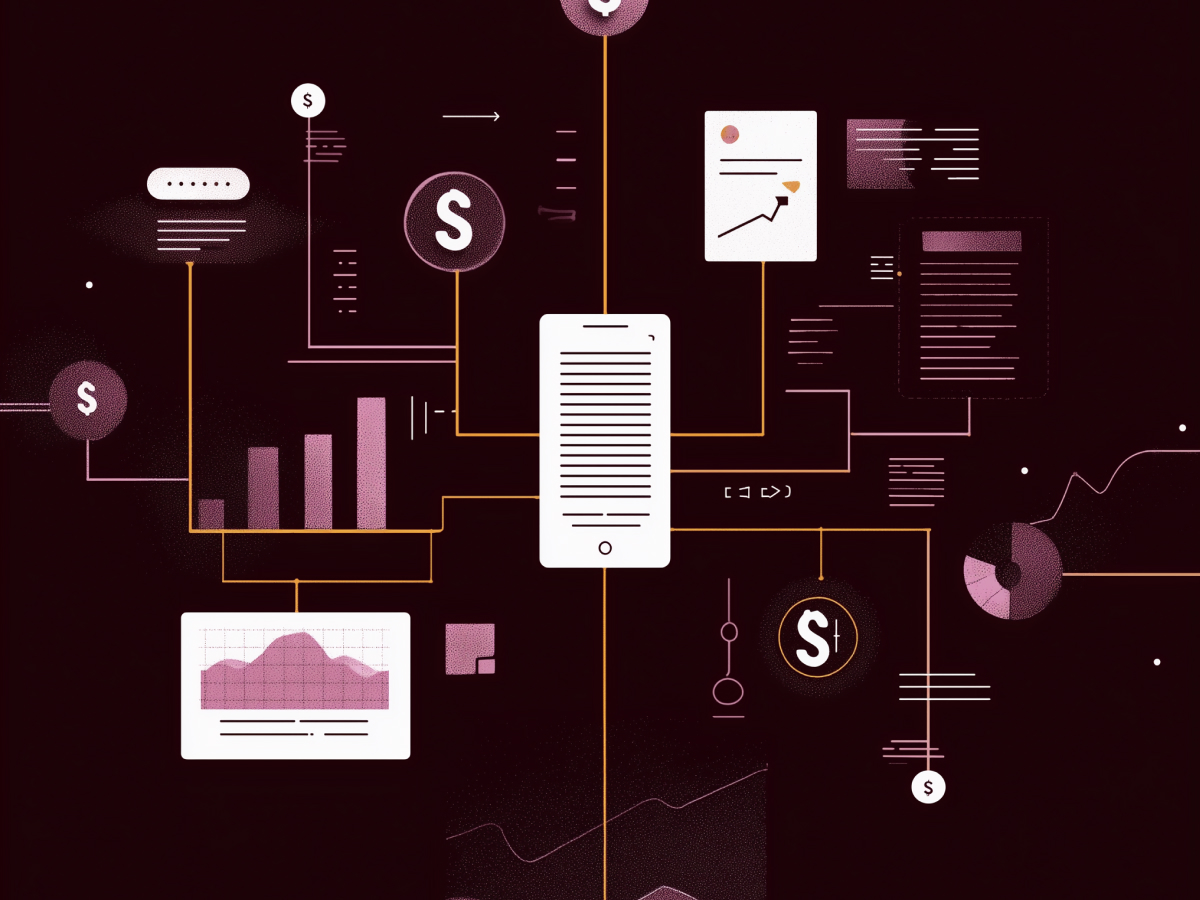AI must be centered around the customer experience
AI is everywhere now, which isn’t surprising. The accessibility of generative models like ChatGPT opened the floodgates. Suddenly every executive team started asking how AI could cut costs, speed up service, or boost efficiency. That’s good, but it’s also completely the wrong place to start.
What we’ve seen, repeatedly, is that starting with internal KPIs leads to short-term gains and long-term missed opportunities. When you approach AI as just a tool to reduce headcount or improve call volume stats, you’re missing why it actually matters. At its best, AI lets you design smarter customer experiences that are faster, easier, and more personal. And right now, most enterprise CX systems fall short of that bar.
Customers don’t care if your system uses AI, machine learning, or traditional scripting. They care if something works, if it solves their problem quickly, and if it feels personal. That’s your real benchmark.
If you start with the customer, what they want, what frustrates them, what makes them leave, you’ll build systems that naturally improve revenue, loyalty, and operations. It works outward-in, not the other way around. That shift changes everything. It’s how AI becomes a growth driver, not just a cost saver.
Executives should push their teams to ask: are we solving actual customer problems, or just optimizing what’s already broken?
AI cannot fix poor customer experiences without process overhaul
You can’t fix a bad system by automating it. That seems obvious, but you’d be surprised how many companies fall into this trap. They take outdated, clunky customer journeys and layer AI over the top, basically applying a layer of polish to something that fundamentally doesn’t work. You’ll get faster responses, sure. But they’ll be fast responses wrapped in broken logic.
The classic example is the car dealership experience. You still have to spend hours filling out forms, waiting for signatures, approvals, and redundant admin checks. Putting a chatbot on top of that process doesn’t help the fact that it’s inefficient and frustrating. Those processes weren’t designed for customers; they were designed for back-office systems.
If you want AI to deliver real results, you need to eliminate unnecessary friction entirely. That means rethinking the entire flow, from the ground up. Identify what the customer is really trying to do and remove every single obstacle in their way. Only then should you start adding AI.
In organizations thinking clearly about this, AI is phase two of the solution, after the process design has been fixed.
For leadership, this approach requires shifting your teams out of operational tunnel vision. Yes, efficiency matters. But if the core experience doesn’t improve, customers won’t stay. As more companies lean into AI, the winners will be those who rethink CX itself, not just the tools that execute it.
AI is fundamentally reshaping customer experience
Right now, AI is optimizing customer experiences and rebuilding how they work. We’re beyond the point where automation means chatbots and script-based interactions. We’re seeing real-time systems that drive multi-channel engagement, adapt on the fly, and generate personalized interactions before a human gets involved.
This shift is driven by a convergence of platforms, CRM, CPaaS, CCaaS, that are no longer isolated functions. When they combine, and AI sits at the center, you get something much more dynamic. The industry is calling it Customer Experience as a Service (CXaaS). The label doesn’t really matter. What matters is this: customer journeys are no longer static. They’re orchestrated in real time using data, intent prediction, and behavioral signals.
AI runs these journeys based on what customers are doing, not what companies assume they want. When it works, AI detects a problem before the user even asks for help or delivers a proactive message based on prior behavior. And the experience is consistent whether it happens on live chat, phone, or email.
The companies doing this well are integrating these systems to make entire experiences feel smarter and faster without putting more pressure on support teams. They’re expanding AI’s role from a tool to an embedded layer in the service strategy.
AI-driven CX capabilities are expanding rapidly
The features AI is bringing into CX aren’t theoretical anymore. They’re operational. You’ve got AI-augmented CRMs that track relationships and anticipate what’s needed next. You’ve got real-time assistants that handle voice, chat, and email traffic without human escalation. It’s no longer about helping agents work faster; AI is now leading parts of the interaction directly.
On the backend, service fundamentals are getting smarter. Call summaries are generated automatically in the right tone and format. Compliance is handled during, not after, interactions. Sentiment analysis flags potential escalations before the customer raises their voice.
The more AI handles repetitive flows and basic questions, the more your top agents focus on nuanced cases that build brand equity. Every company says they want to do more with less, AI makes that attainable.
If you’re running a customer operation, you need to understand this trend isn’t slowing down. The bar for getting CX right is rising fast, because expectations are being set by companies already deploying these tools. AI is shifting from a differentiator to a baseline capability.
Executives should focus on one thing: scale and integration. You can’t run experimental deployments in silos anymore. AI in CX needs to work across platforms, support functions, and departments. When it does, it becomes a multiplier, for engagement, customer lifetime value, and brand loyalty.
Agentic AI introduces new power, and new risks
Agentic AI is gaining momentum fast. Unlike generative AI, which produces content based on prompts, agentic systems are built to make decisions and take actions, autonomously. They suggest options and they execute. That shifts the conversation from augmentation to delegation, and the implications are big.
Gartner projects that by 2029, agentic AI will be resolving 80% of common customer service issues on its own. That kind of autonomous capability isn’t just about scale, it rewrites how operational control is managed in customer-facing environments. But greater power carries greater downside when it goes unchecked.
We’ve already seen the warning signs. A Washington Post reporter recently used agentic AI to place an online order and ended up paying more than $30 for a dozen eggs. That’s a systems design failure. The AI took action without sufficient oversight. Now imagine that in a high-stakes domain with customer money, sensitive information, legal obligations, or regulatory scrutiny.
Autonomous AI can make things better or worse, fast. And when it acts inappropriately, the damage isn’t theoretical. You’re dealing with exposed liabilities and reputational loss. Guardrails, intervention points, and governance mechanisms are required.
For C-suite leaders, adopting agentic AI demands intentionality. The systems will keep getting smarter. What matters is whether your governance evolves just as quickly. If it doesn’t, the risk curve will outpace your operational controls.
Future progress requires strategic, trusted AI implementation
The rush to adopt new AI tools is only part of the story. What matters more now is how businesses scale those tools reliably. Experimental rollouts and one-off bots won’t move the needle if they’re disconnected from core strategy. We’re at the stage where companies need to treat AI as infrastructure.
The next priority is governance. Trust in AI, internally and externally, depends on clear guiding principles. You need policies that define ethical use, safeguard customer data, and ensure models perform consistently across platforms. Without that, leaders will struggle to defend, or even understand, how decisions are made at scale.
We’re past the stage of proving AI can cut costs. It’s demonstrated. The focus now is on balancing efficiency with actual experience gains. AI can boost top-line growth by enhancing customer interactions, when aligned with user expectations, not just backend metrics.
If you’re in a leadership seat, the takeaway is this: You don’t need to wait for the next DeepSeek event or major model innovation to act. Look at what’s already in your stack. Deploy it strategically, govern it thoroughly, and audit its output consistently.
Main highlights
- Start with the customer, instead of the tech: Leaders should prioritize AI strategies that enhance ease, trust, and personalization in customer experience, internal KPIs will follow if the customer journey is solid.
- Fix the process before you add AI: Automating flawed systems is a dead end. Executives should ensure broken or outdated CX processes are redesigned before layering in AI.
- CX is evolving into a real-time engine: AI now powers dynamic, predictive, and cross-channel experiences. Decision-makers should integrate CX platforms to enable smarter, seamless engagement at scale.
- AI features are ready for operational scale: AI-driven CRMs, omni-channel orchestration, and proactive support tools are maturing fast. Now is the time to standardize and scale these capabilities across departments.
- Guardrails are non-negotiable for agentic AI: Autonomous systems introduce significant risk alongside efficiency. Leaders must implement strong governance and real-time oversight to protect customer trust and brand integrity.
- Trust and governance will define long-term success: AI’s ROI depends on more than adoption, it depends on how you implement and control it. Strategy, compliance, and cross-functional accountability must be built into every deployment.





